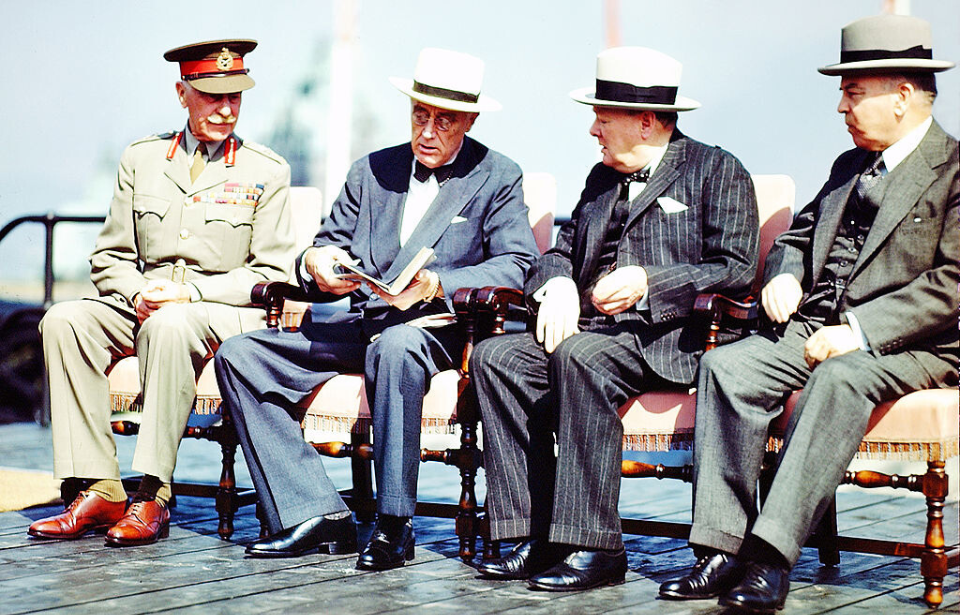There reached a point during the Second World War where the Allies felt confident about victory, especially after their incredible success following the invasion of Normandy. As such, leaders knew they needed to discuss what they’d do with Germany when the conflict came to an end. One of the most popular proposals was the Morgenthau Plan.
However, the first idea isn’t always the best, and that’s never rung more true than in this case.
Henry Morgenthau Jr.
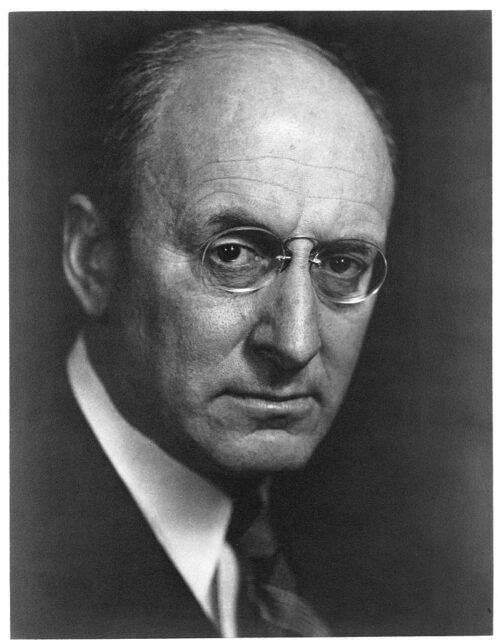
The plan was the brainchild of Henry Morgenthau Jr., who acted as secretary of the treasury during Franklin D. Roosevelt‘s presidency from 1934-onward. He was appointed because he was known to be strict with government spending.
When the Second World War began, Morgenthau became more heavily involved in areas of the administration that weren’t explicitly financial. Of Jewish descent, he consistently tried to push Roosevelt to aid in rescuing his people from German persecution. He was also heavily involved in the Lend-Lease agreements between the United States and other countries.
In 1944, Morgenthau branched out into foreign policy, and it was during this time that he came up with his solution for what the post-war world should look like. He explained, “I appreciate the fact that this isn’t my responsibility, but I’m doing this as an American citizen, and I’m going to continue to do so, and I’m going to stick my nose into it until I know it is all right.”
He added, “I want to make Germany so impotent that she cannot forge the tool of war – another world war.”
Morgenthau Plan

The Morgenthau Plan was proposed in a memorandum called Suggested Post-Surrender Program for Germany.
It could be broken down into three main clauses. First was the mandatory demilitarization of Germany. Not only would the people be disarmed, they’d also have all forms of industry that could contribute to future militarism destroyed or removed. This was to happen as soon as Germany surrendered
The primary region where this demilitarization would occur was the Ruhr, as it was the heartland of the country’s war industry. Under the Morgenthau Plan, the Allies would remove all factories and equipment from the area within six months of the war’s end and destroy those that couldn’t be removed. As for those who lived there, they’d be encouraged to move elsewhere if they had any form of industrial training.
When these two stages were complete, the area would be turned into international territory, with the United Nations (UN) managing it, to ensure it never again became a militarized hub.
Partition of Germany
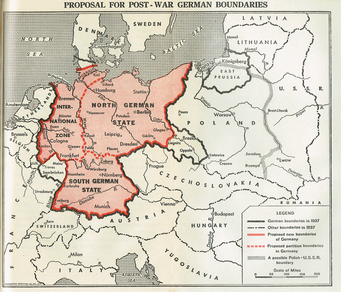
Rather than ask for reparations like with the Treaty of Versailles following the First World War, the Allies would be financially compensated through their control of the region and by taking over the factories and materials once used there.
The management of German territory wouldn’t end there:
- France would get the Saar and territories near the Moselle and Rhine.
- Poland would receive part of East Prussia and southern Silesia.
- Austria would return to its pre-1938 borders.
As for Germany, it would be divided into two separate states. Württemberg, Baden and Bavaria would become South Germany, while Saxony, Thuringia and Prussia would become known as North Germany.
Cordell Hull developed a second plan
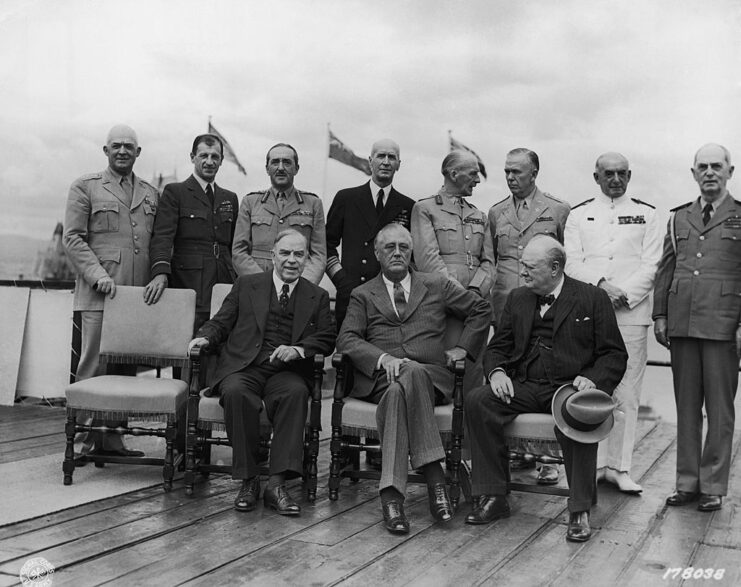
At the root of Morgenthau’s plan was his desire to see Germany turned into a country of farmers who, without advanced technology and materials, could never again threaten Europe or the rest of the world with another war.
This wasn’t the only plan created, as Secretary of State Cordell Hull, initially tasked with the job, had also developed his own. While Morgenthau was determined to ruin Germany, Hull wanted to ensure the country could quickly get back on its feet.
Both plans were presented to Roosevelt, who said in a letter to Queen Wilhelmina of the Netherlands, “There are two schools of thought – those who would be altruistic in regard to the Germans, hoping by loving kindness to make them Christians again, and those who would adopt a much tougher attitude. Most decidedly, I belong to the latter school, for though I am not bloodthirsty, I want the Germans to know that this time at least, they have definitely lost the war.”
The Morgenthau Plan and German propaganda
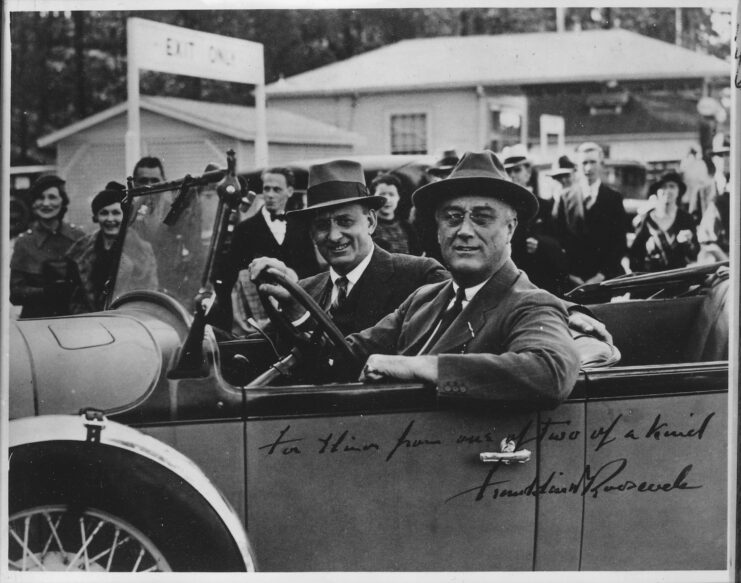
It was largely due to Roosevelt’s support that the Morgenthau Plan was first presented to international politicians at the Second Quebec Conference in 1944. Although Winston Churchill was initially opposed to the idea, he eventually came around, thanks to the US offering the United Kingdom a sizeable Lend-Lease agreement.
After the conference, The New York Times reported on the plan on September 21, 1944. In no time, Germany’s propaganda ministry began using the information to bolster the fight among the country’s military. The fact Morgenthau was Jewish only made matters worse, as this was used to show Jewish people were conspiring against the German state. This, according to the government, justified the horrifying treatment of these people.
Marshall Plan
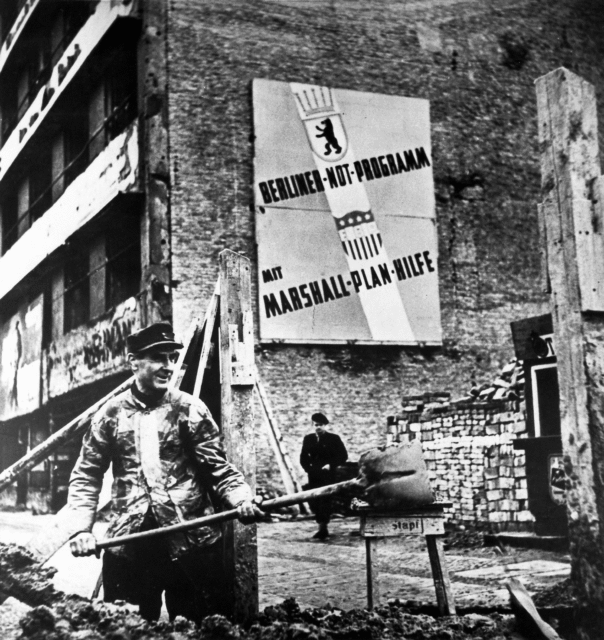
When Roosevelt died in April 1945, so, too, did the Morgenthau Plan. For a brief period, it looked like President Harry Truman was going to consider the idea, as he signed Directive 1067 on May 10, 1945, which said America would “take no steps looking towards the economic rehabilitation of Germany [or] designed to maintain or strengthen the German economy.”
This was short-lived, as Turman then signed Directive 1779 that July, designed to provide aid to Germany, instead. That same month, Morgenthau was forced to resign from his position in the Treasury, as he and Truman had too many differences in their political approach. Perhaps this is just as well – calculations show that, if the plan had been implemented, nearly 25 million Germans could have starved.
More from us: These ‘Night Witches’ Weren’t Burned At the Stake – They Bombed German Soldiers
The approach implemented when World War II ended was about as far away from the Morgenthau Plan as possible. Instead of turning the Germans into a bunch of farmers with little-to-no advanced technology, it provided significant economic aid, so they could stabilize their country and recover from the conflict.
The Marshall Plan, as it was called, was highly successful and allowed Germany to rebuild in a way it was never permitted to at the end of the First World War.
